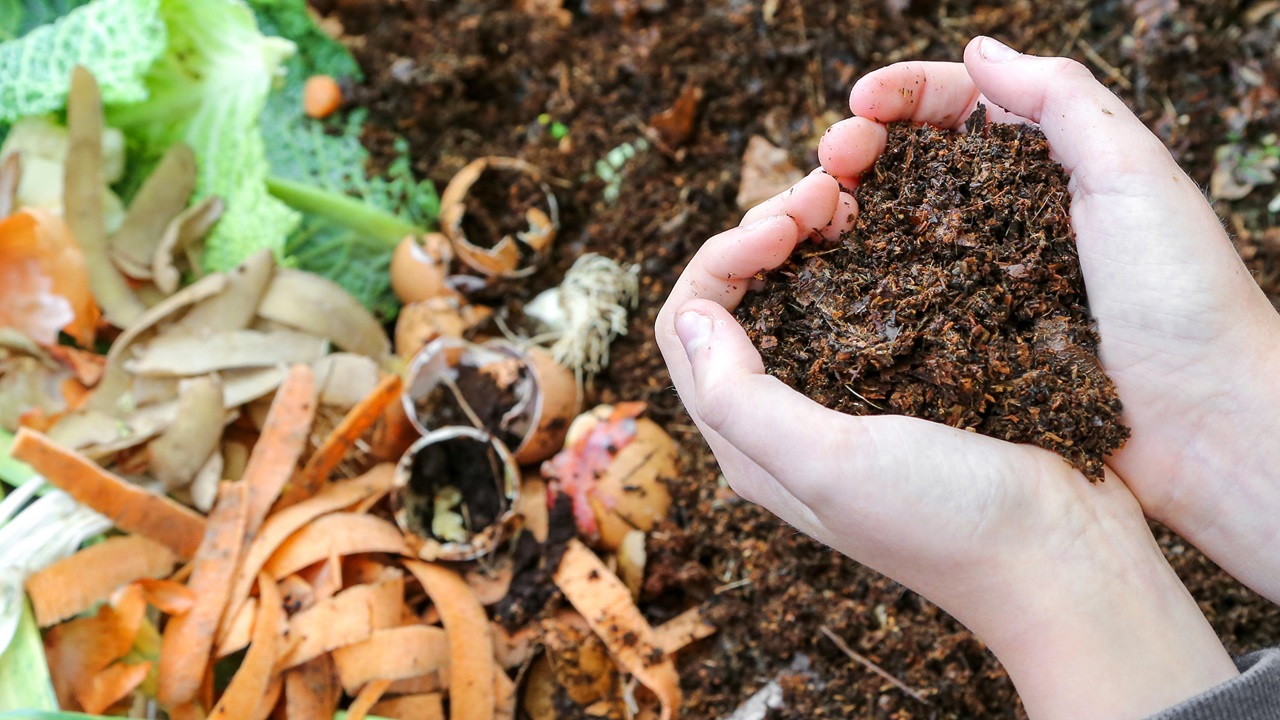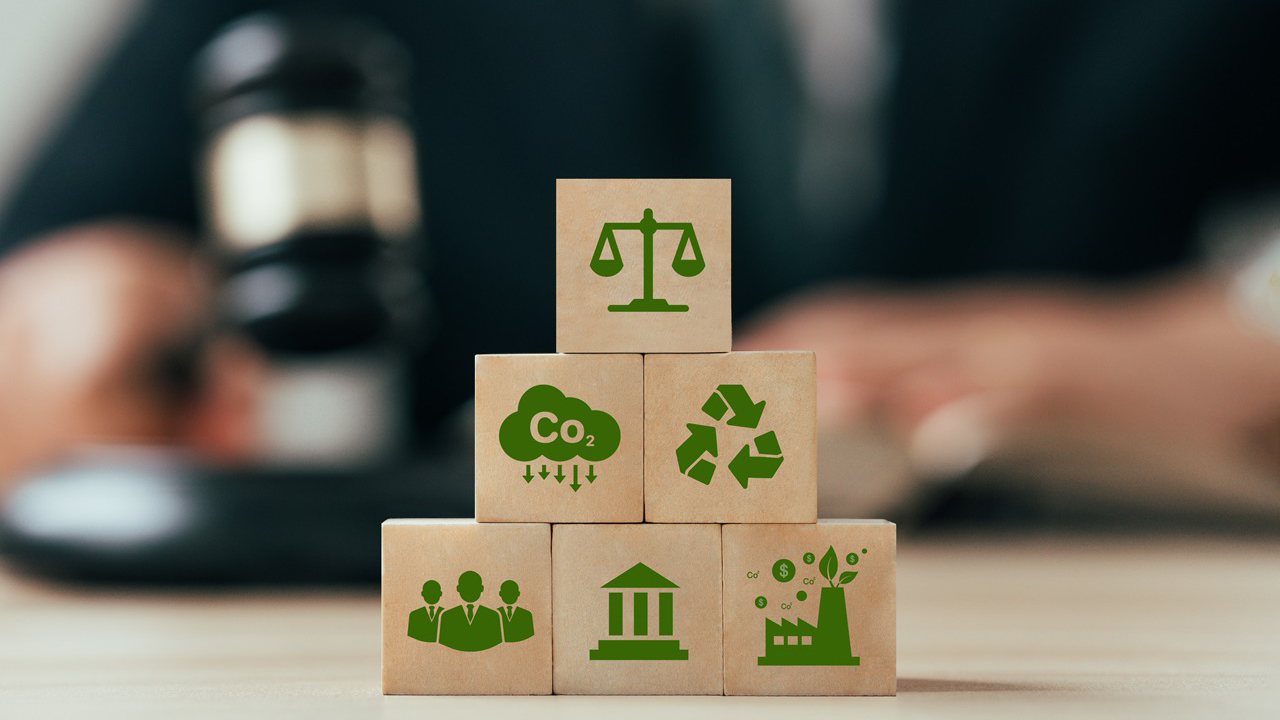Waste management refers to the collection, transportation, processing, recycling, disposal, and monitoring of waste materials. It involves the proper handling of different types of waste to minimize environmental impact, public health risks, and optimize resource use. The goal of waste management is to reduce the adverse effects of waste on human health and the environment while promoting sustainability.
TNB has been actively practicing proper waste management, adopting a structured approach since as early as 2018. The development of the Scheduled Waste Management Roadmap 2018 - 2030 shows our long-term commitment toward responsible hazardous waste management. This 3-phase roadmap adopts the Zero Waste Principle, signaling our aspiration to minimize waste generation and promote responsible waste management practices.
Categories of Waste Generated from TNB Business Operations
Waste categorization involves classifying different types of waste based on their characteristics, source, and potential environmental impact. Proper waste categorization is essential for effective waste management, as it helps guide appropriate disposal, recycling, or treatment methods.

Hazardous Waste (Scheduled Waste)
- SW1: Metal and metal-bearing waste - Including electrical and electronic waste/e-waste (used laptop, mobile phone, customer meter, air-conditioner, refrigerator)
- SW2: Waste containing principally inorganic constituents (used sulphuric acid, waste sludge)
- SW3: Waste containing principally organic constituents (used transformer oil, lubricating oil)
- SW4: Waste containing either organic or inorganic constituents (contaminated soil, used cotton rag)
- SW5: Other waste (residuals from scheduled waste treatment)

Non-Hazardous Waste (Solid Waste)
Commercial, Industrial and Institutional Solid Waste
- Recyclables (glass, plastic, aluminum, paper)
- Garden Waste (leaves, wood, wood fronds)
- Bulk Waste (furniture)
- Residual Waste (food waste)
Construction Solid Waste
- Recyclable construction material (material made of wood, glass, metal, cement, concrete, paper)
- Residual Waste (food waste)
Data Collection and Baselining
Key components in managing waste include the collection, segregation and sorting, processing and treatment, and disposal of the generated waste. For effective waste management, data collection is imperative to establish baseline, monitor progress and assess the impact of various waste management initiatives.
In October 2023 we introduced the E-Waste Inventory System (E-WI) and TNB Solid Waste Inventory System (TESWI) – tools developed for electrical and electronic waste and solid waste data collection respectively. These tools will help us track both hazardous and non-hazardous waste, ensuring thorough monitoring and diversion from disposal.
In line with our environmental policy, we will leverage the data gathered from the E-WI and TESWI to establish a baseline for our waste directed and diverted from disposal. This analysis serves as a foundational step in understanding our current usage patterns, enabling us to craft an informed waste reduction strategy.
Change Management
Applying a change management approach in the context of waste management involves introducing and implementing changes to how waste is handled, processed, and disposed of within the organization. This structured approach to integrate waste management culture in TNB business operations ensures the organization achieves the intended outcome.
An example of this structured approach is the rolldown of Electrical and Electronic Waste (E-waste) Program in 2023
E-waste is a term used to cover all types of electrical and electronic devices, and parts thereof, discarded as waste material with no further intention of being used again. E-waste is made of components that do not decompose such as lead, cadmium and mercury that could be harmful to health and the environment. Examples of e-waste include computers, printers, mobile phones, customer meters, fuses, and solar panels.
In December 2022, TNB published the E-waste Management circular and guideline which is enforced across all TNB premises. The guideline lists possible e-waste from TNB business operations, details out the process and procedure to manage the e-waste, and identifies the responsible and accountable parties, as well as consulted and informed parties (RACI matrix). A series of training and awareness sessions were conducted from then on to ensure proper understanding of the intent and the processing of e-waste, including the use of E-Waste Inventory System (E-WI).
At the moment, we are developing E-Waste facility and collection centre at TNB HQ Bangsar and we target to have the facility ready in 2024.
Stepping up our Commitment

TNB’s waste management approach has evolved, from focusing on compliance to environmental regulations and imposed limits, to implementing best practices. In November 2023 we revised the TNB Environmental Policy to include our commitment to protecting environmental ecosystem through effective circular economy and proactive prevention of waste and pollution, in line with our sustainability agenda.
Additionally, we have enhanced the Terms of Reference (TOR) of the Sustainability and Energy Transition Council (SETC) to include steering waste management strategy, policy, and execution. Chaired by the CEO, the enhanced TOR further signals our commitment to aligning TNB organizational goals with the highest environmental standards.